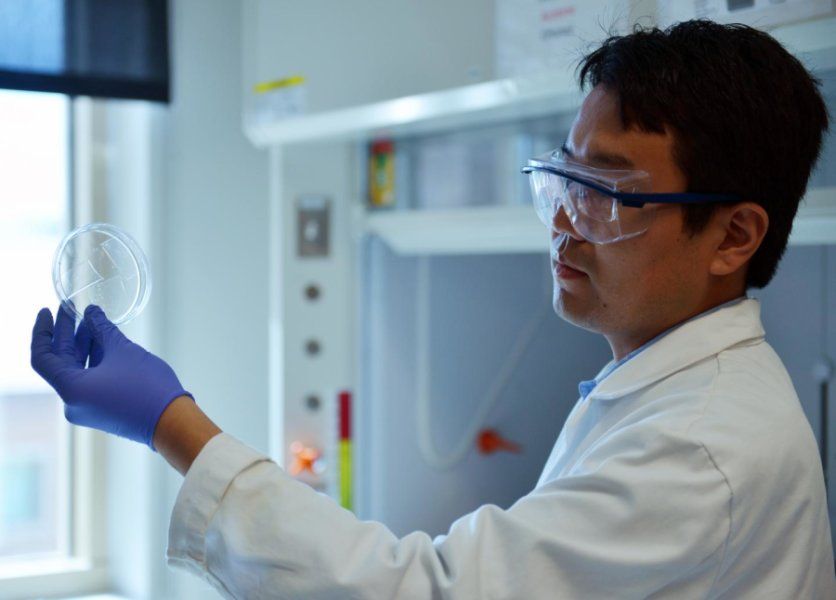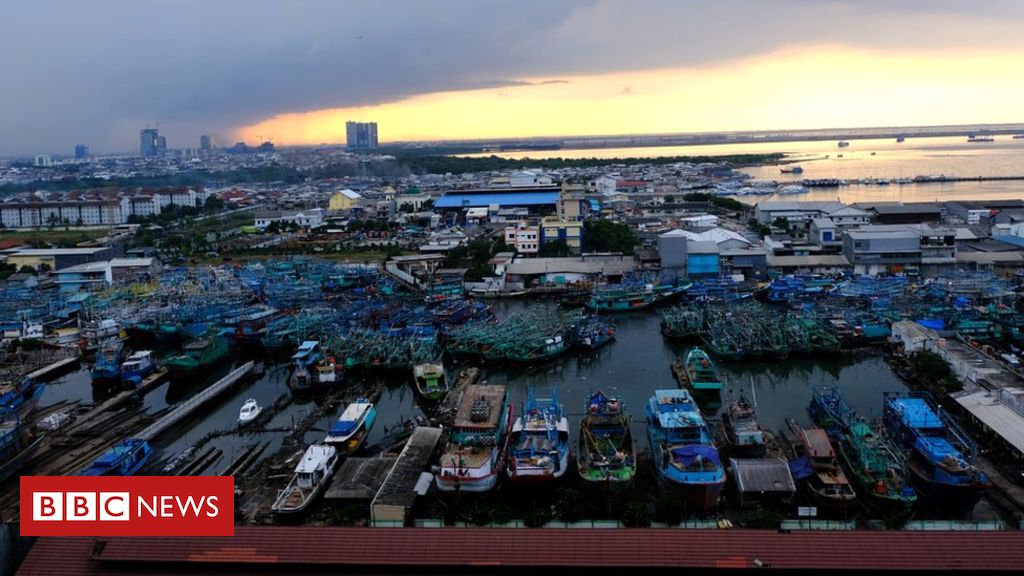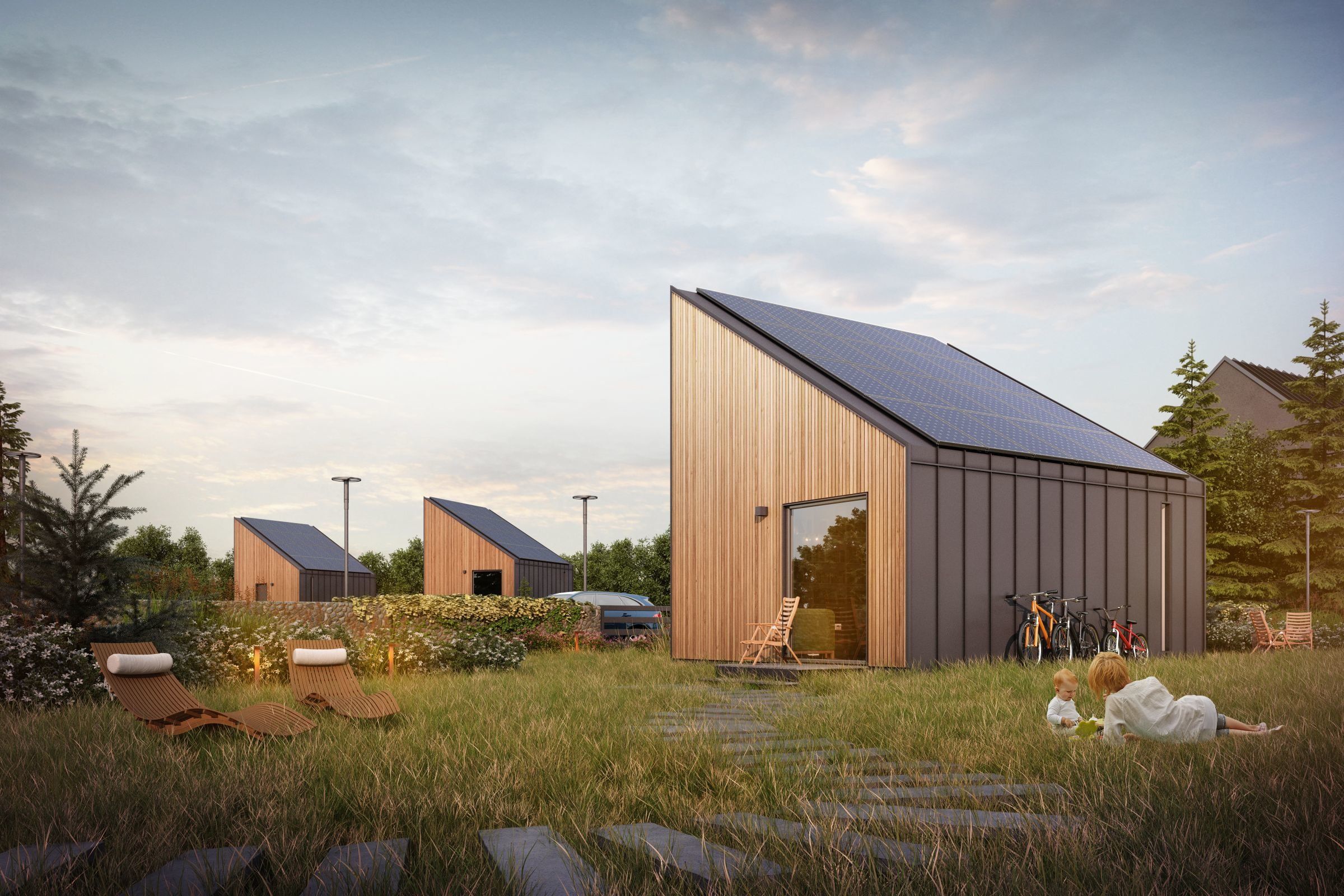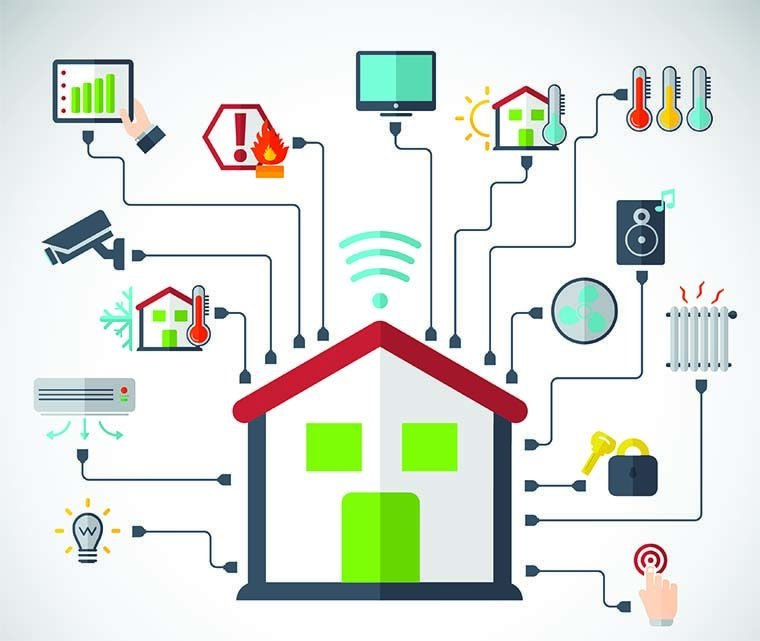At the time of writing, 436 people have died following an earthquake in the Indonesian island of Lombok. A further 2,500 people have been hospitalised with serious injuries and over 270,000 people have been displaced.
Earthquakes are one of the deadliest natural disasters, accounting for just 7.5% of such events between 1994 and 2013 but causing 37% of deaths. And, as with all natural disasters, it isn’t the countries that suffer the most earthquakes that see the biggest losses. Instead, the number of people who die in an earthquake is related to how developed the country is.
In Lombok, as in Nepal in 2015, many deaths were caused by the widespread collapse of local rickety houses incapable of withstanding the numerous aftershocks. More generally, low quality buildings and inadequate town planning are the two main reasons why seismic events are more destructive in developing countries.







